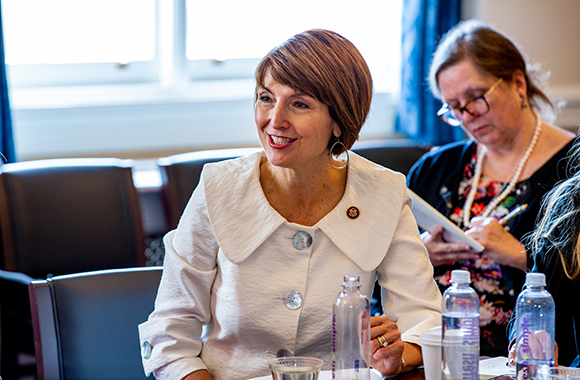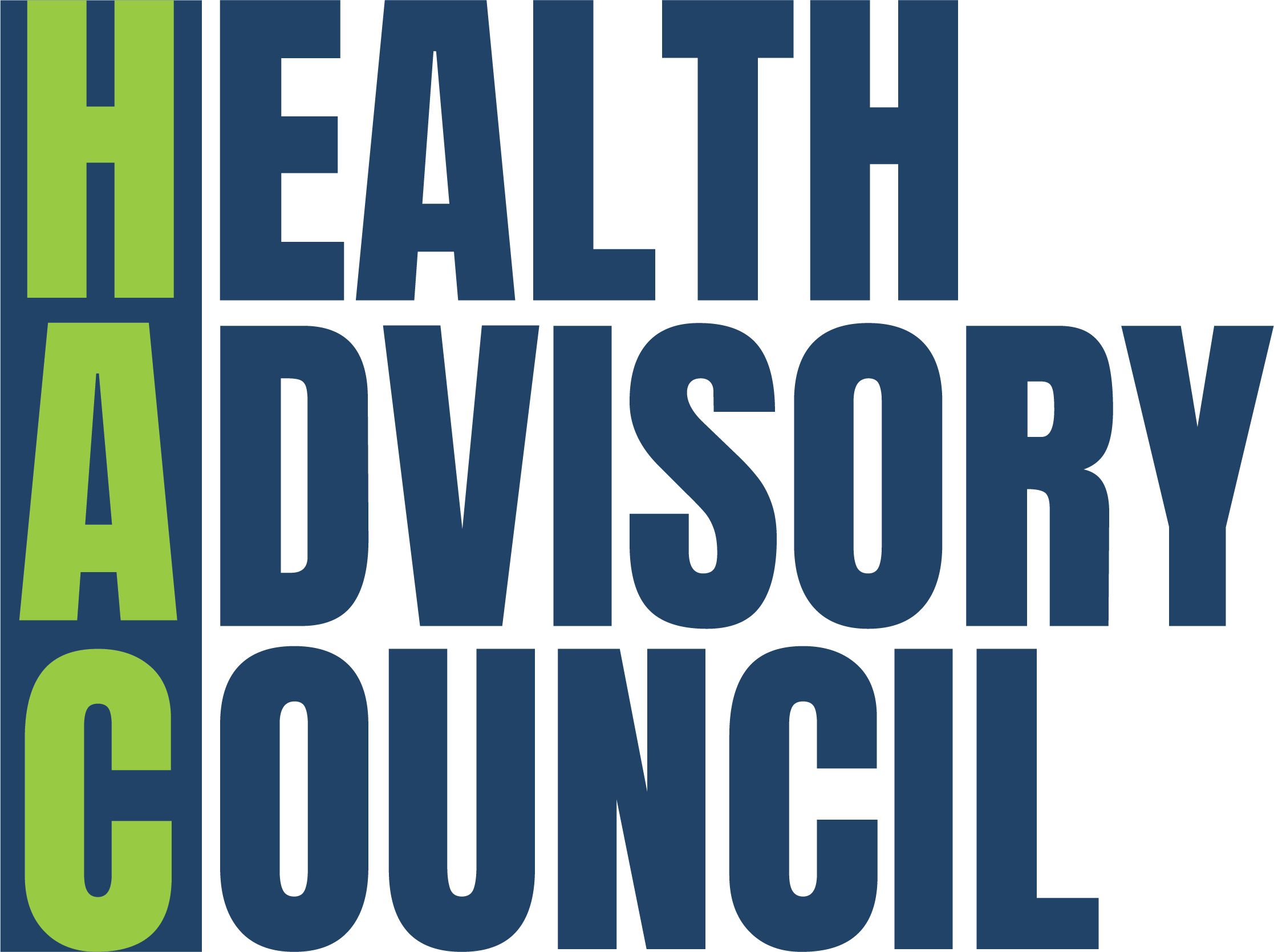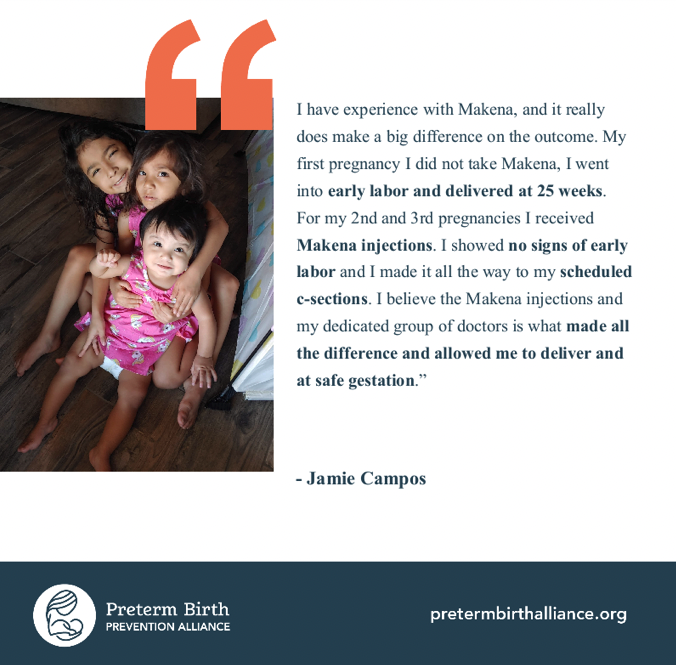Make a New Year’s resolution to get vaccinated against shingles

Shingles (herpes zoster) is caused by the varicella zoster virus (VZV), the same virus that causes chickenpox. Once a person recovers from chickenpox, the virus lays dormant in the body’s nerve cells, while the host remains asymptomatic. While scientists are not sure what causes the virus to reactivate in the form of shingles, it can present in individuals who are elderly or those who have compromised immune systems in general, due to medication or health conditions.
Shingles is a painful rash that usually develops on one side of the body, often the face or torso. The rash consists of blisters that typically scab over in seven to 10 days and clears up within two to four weeks. Even long after the rash has healed, shingles can lead to long-term complications in the form of postherpetic neuralgia (PHN)—severe nerve pain— at the site of the rash. Although shingles is not contagious, VZV can spread from a person with active shingles to cause chickenpox in someone who has either never had chickenpox or has never received the chickenpox vaccine. The virus spreads through direct contact with the blisters, and a person is not infectious before the blister phase.
The only way to lower the risk of developing shingles is to get vaccinated. The Centers for Disease Control and Prevention (CDC) recommends that healthy adults 50 years and older get two doses of the new shingles vaccine called Shingrix to protect against the disease. The new vaccine is administered in a two-dose series, and the second dose is administered two to six months following the first dose. According to the CDC, it is imperative that patients complete the vaccine series as it provides greater protection than its predecessor Zostavax, which is a single-shot vaccine.
According to reports, a surge in demand for the shingles vaccine following the recommendations has led to a national shortage, leaving consumers searching far and wide for available doses. While news of the vaccine shortage is certainly unfortunate, the silver lining in this situation is that patients are taking proactive measures to protect themselves from illness.
NCL strongly advocates for the use of vaccines as a safe and effective preventive public health measure to protect against debilitating illnesses. A survey conducted by NCL in 2014 revealed that due to prevalent anti-vaccine rhetoric, nearly 33 percent of American consumers are misinformed about the benefit of vaccines. Vaccines are essential to public health as they protect vulnerable populations with diverse health needs. Adults and children who are not able to receive vaccines due to certain conditions rely on the general population for protection against disease, also known as herd immunity.
Consumers should feel at ease knowing that while shingles is a serious condition, your odds of developing the disease before the shortage ends are low. The CDC recommends that consumers call their local pharmacies or use Vaccine Finder to find their nearest available dose. If Shingrix is unavailable in your area, the CDC recommends that consumers 60 and older get the Zostavax vaccine.
If you have gone more than six months since your initial dose, the CDC states that you do not have to start the vaccine course over, but should instead promptly get the second dose to ensure maximum immunity. If you have already received your first dose of the vaccine, you can sign up for text, voice, or email reminders for your second dose. For more information on the causes and risk factors associated with shingles, please click here.


 Sexual health is an integral part of overall health and wellbeing. Research has found that good sexual health offers a host of
Sexual health is an integral part of overall health and wellbeing. Research has found that good sexual health offers a host of 













